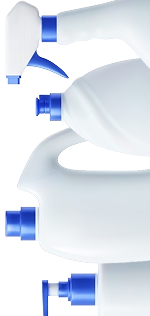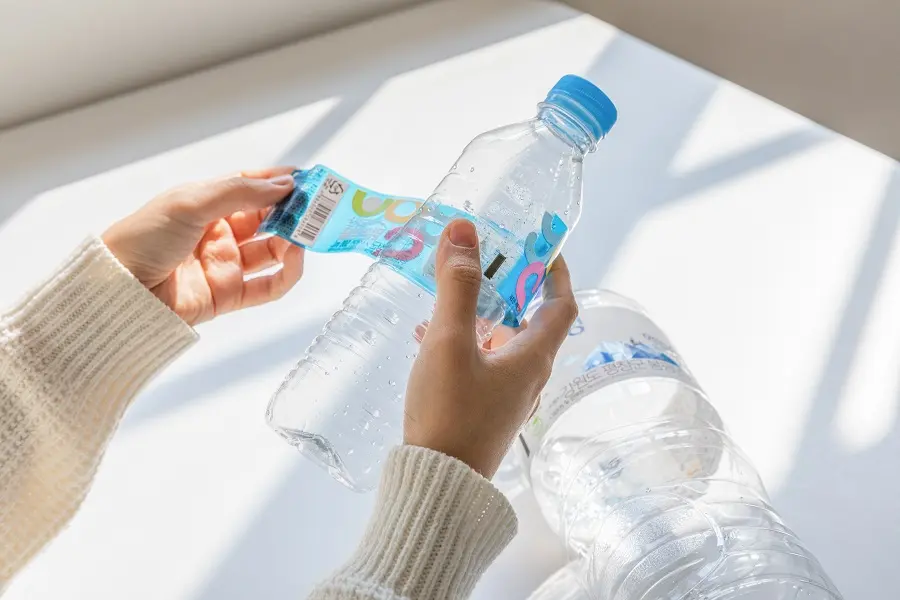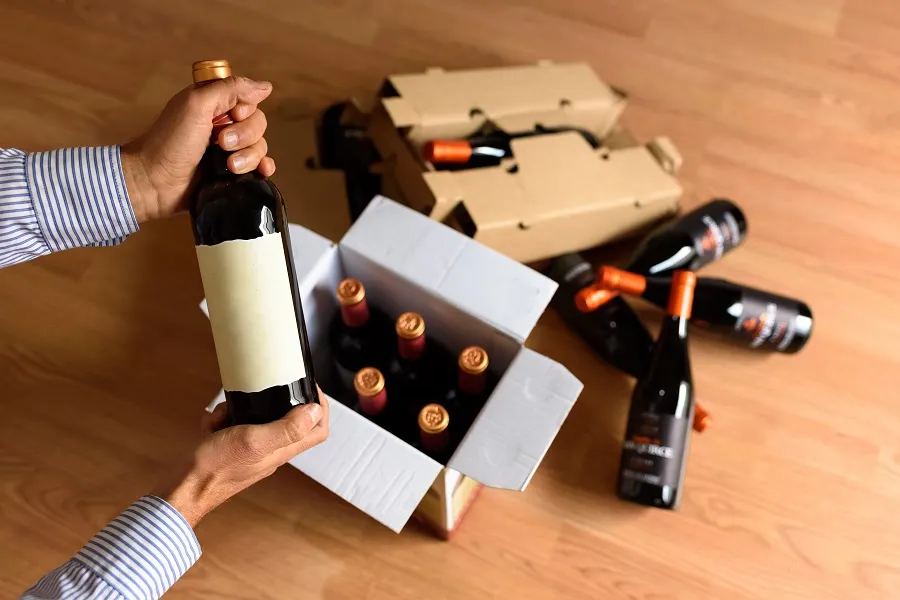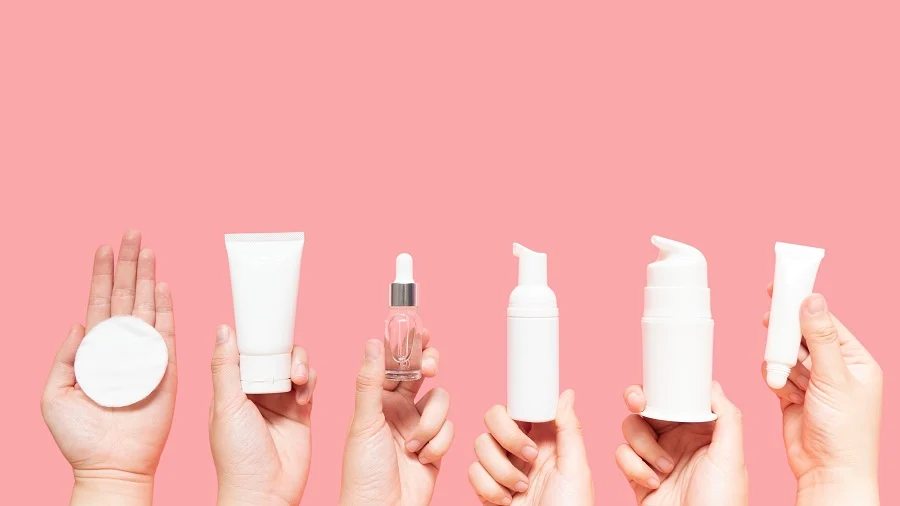Packaging Costs for Olive Oil: Proven Strategies for Affordability
- ByRobert "Rob" Starmann
- June 26, 2025
Olive oil is a liquid gold; don't let subpar or overpriced packaging tarnish its value.
Understanding the nuances of glass bottle manufacturing is crucial for your bottom line in a market where premium packaging can boost perceived quality by up to 30%.
Are you paying too much for the wrong bottle? Don’t make this mistake any longer. For over five decades, Ashland Container has been a trusted partner in the olive oil packaging industry, empowering businesses like yours with expert guidance and cost-effective solutions.
From navigating complex pricing structures to sourcing sustainable and visually stunning options, we're here to help you find the perfect bottle for your needs.
Ready to maximize your profit margins and elevate your brand? Contact Ashland Container today at 847-670-1125 for a personalized consultation.
Average Price Ranges: Glass vs. Other Materials in the US Market
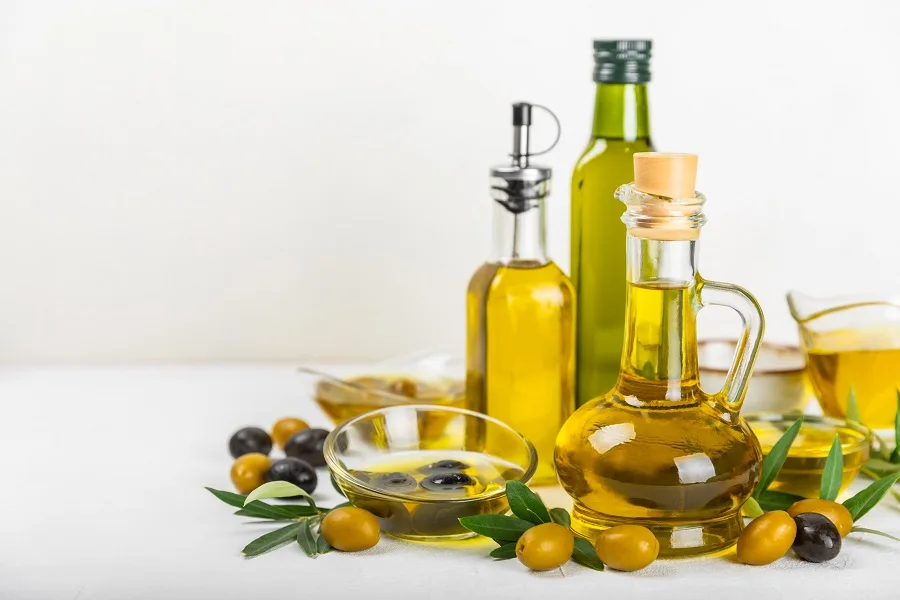
Understanding the average price ranges for different olive oil packaging materials within the US market can help you budget and maximize profits. While prices can fluctuate based on various factors, having a general understanding of the cost landscape allows you to make informed decisions that align with your brand identity and financial goals.
Disclaimer: All prices mentioned below are approximate and for illustrative purposes only. Actual pricing can vary significantly based on specific design requirements, material choices, order volumes, market conditions, and supplier negotiations. Contact Ashland Container for a personalized quote tailored to your needs.
A Cost Comparison: Glass, Plastic, and Metal Options
In the United States, three primary materials for olive oil packaging include glass, plastic (typically PET), and metal (primarily tinplate). Each material offers different benefits and price points that will impact your final cost.
Glass
Glass bottles, especially those intended for premium olive oils, typically range from $0.75 to $3.00 per unit for standard sizes (250ml to 750ml) when purchased in bulk (1,000+ units).
Factors influencing this range include the glass quality, bottle design, complexity, and supplier. Factors like custom designs and heavier glass will command higher prices.
Plastic (PET)
Plastic bottles, generally considered a more economical option, typically range from $0.30 to $1.50 per unit for similar sizes in bulk.
PET offers a lightweight, shatter-resistant alternative, so it’s ideal for certain market segments. However, it may not convey the same premium image as glass.
Metal (Tinplate)
Metal cans or tins are often used for larger quantities of olive or specialty-infused oils. These solutions can range from $0.50 to $2.50 per unit depending on size, coatings, and design. Metal provides excellent protection from light and oxidation, extending shelf life.
Explore this comparative table illustrating price differences by material for olive oil bottles.
Common Materials Used in Olive Oil Packaging
In the United States, the olive oil industry relies on various packaging materials that each offer distinct advantages and disadvantages. While glass remains the dominant choice, alternative options like plastic and metal are also utilized as they cater to specific market segments and product requirements. It’s easier to make informed packaging decisions when you understand the prevalence and properties of these materials.
Glass Dominance: Reasons for Its Popularity
Glass has long been the preferred material for packaging olive oil in the US market. Its lasting popularity can be attributed to several key factors:
- Glass is inert, meaning it doesn't react with the olive oil, preserving its delicate flavors and aromas over extended periods. This is crucial for maintaining the quality and integrity of premium olive oils.
- Glass offers excellent barrier properties that protect the olive oil from oxygen and UV light, both of which can contribute to rancidity. The amber or green tint often seen in olive oil glass bottles further enhances this protective effect.
- Glass conveys a sense of quality and sophistication that aligns perfectly with the premium positioning of many olive oil brands. Their elegant appearance enhances shelf appeal and reinforces consumers' perceptions of high value.
- Glass is easily recyclable and resonates with environmentally conscious consumers which adds another layer of appeal. While glass may be more expensive and heavier than other options, its combination of functional and aesthetic advantages has cemented its position as the dominant material in the US olive oil market.
Emerging Trends: Exploring Alternative Packaging
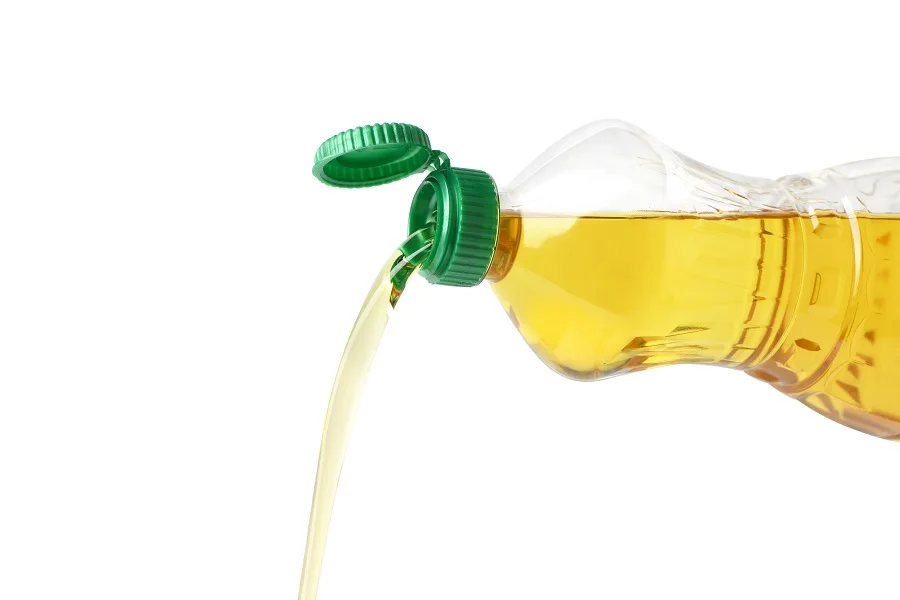
While glass maintains its stronghold, don’t overlook the emerging trends that are driving the exploration of alternative packaging materials for olive oil in the US. Cost pressures, sustainability concerns, and the desire for innovative packaging formats are contributing to this shift.
For example, certain types of plastics, particularly PET (polyethylene terephthalate), are gaining traction, especially for larger volume or more budget-conscious olive oil brands. PET offers advantages in terms of weight, shatter resistance, and cost-effectiveness. However, there are concerns about potential permeability and the impact on olive oil's flavor profile. Advanced barrier technologies and specialized coatings are being developed to mitigate these concerns, making PET a more viable option.
Metal containers, such as tinplate cans, are also being used more often, particularly for larger commercial quantities of olive oil. Metal provides excellent protection from light and oxygen, extending the product’s shelf life. The use of Bag-in-Box (BIB) solutions is also increasing, especially with the increasing demand to reduce carbon footprints. These types of packaging are considered highly sustainable and can hold from 3 to 10 liters of product.
Finally, innovative packaging formats like pouches and flexible films are emerging for single-serve or travel-size olive oil portions. These lightweight options reduce packaging waste and offer convenience for consumers on the go.
While alternative materials and packaging formats are not yet challenging glass's dominance in the US olive oil market, their increasing adoption shows a growing demand for more cost-effective, sustainable, and convenient packaging solutions. As technology advances, these alternatives are likely to become more prevalent in the upcoming years.
Key Factors That Influence the Pricing of Glass Olive Oil Bottles
Businesses want to optimize their packaging costs within the US market. This means they need to understand the intricate web of factors in play. From the raw materials used to the complexity of design and production processes, many elements contribute to the final price you pay per unit.
The foundation of any glass bottle, and a significant cost driver, is the raw materials used and the geographical location from which they are sourced.
Glass Type: Soda-Lime vs. Specialty Glass
The most common type of glass used for olive oil bottles is soda-lime glass, prized for its affordability and versatility. Soda-lime glass consists primarily of silica (sand), soda ash (sodium carbonate), and limestone. While cost-effective, this option may not offer the same level of chemical resistance or UV protection as specialty glass.
Specialty glasses, such as borosilicate glass (known for its thermal shock resistance) or UV-absorbing glass (designed to filter out harmful ultraviolet rays), are typically more expensive due to the addition of specialized ingredients and more complex manufacturing processes. UV-absorbing glass is especially favored for premium olive oils due to its ability to protect the oil from light-induced degradation, preserving its quality and extending its shelf life. The choice between soda-lime and specialty glass will significantly impact your per-bottle cost.
Sourcing & Transportation Costs
The geographical location of your glass bottle supplier and the distance your raw materials must travel to reach the manufacturing facility play a significant role in the final pricing. For example, sourcing materials from distant locations, especially overseas, will have substantial transportation costs, including freight charges, import duties, and potential delays.
Within the US market, transportation costs can vary significantly depending on the distance between the raw material source (such as sand quarries in the Midwest) and the glass manufacturing plant. To minimize these expenses, consider choosing a supplier located closer to your operations or to readily available sources of raw materials. You should also consider how fuel prices impact transportation costs, as fluctuations in fuel prices can directly affect shipping rates.
Production Process: From Molten Glass to Finished Bottle
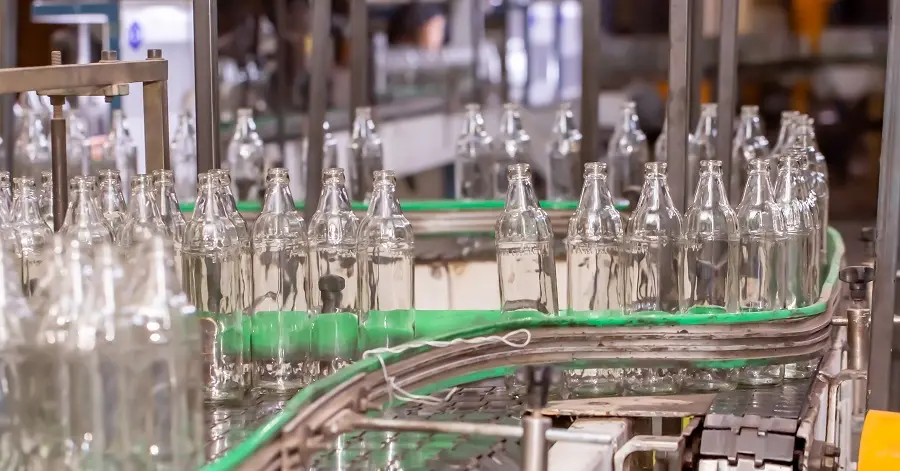
The methods used to transform raw materials into finished glass bottles significantly impact the overall manufacturing costs.
Molding Techniques
Blow molding is the most common technique used to produce glass bottles in high volumes. This process involves injecting molten glass into a mold and then using compressed air to inflate the glass to the desired shape. Blow molding is relatively efficient and cost-effective, making it suitable for mass production.
Other molding techniques, such as press-and-blow molding or cast molding, are used to create more intricate or specialized bottle designs. These techniques are generally slower and more labor-intensive than blow molding which increases production costs. The complexity of the molding technique chosen will directly impact the final price of your olive oil glass bottles.
Quality Control and Rejection Rates
All businesses know that quality is key. Maintaining stringent quality control standards is crucial in glass bottle manufacturing to ensure that each bottle meets the required specifications for strength, dimensions, and absence of defects. US manufacturers adhere to strict quality control guidelines to minimize the risk of producing flawed bottles.
However, despite rigorous quality control measures, a certain percentage of bottles may be rejected due to imperfections or deviations from specified standards. The rejection rate, which represents the percentage of bottles that fail to meet quality control criteria, directly impacts the overall production cost. Higher rejection rates translate to increased material waste, production downtime, and ultimately, higher prices for the bottles that pass inspection.
Design & Customization: Beyond the Standard Bottle
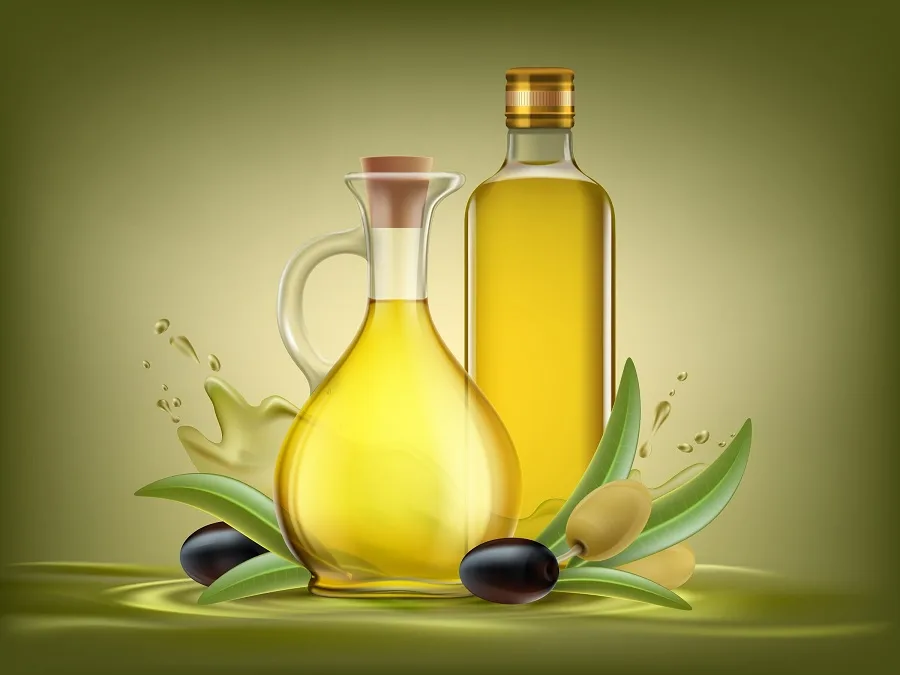
Another consideration is how complex the design and customization of your olive oil glass bottles are as these significantly affect manufacturing costs.
Complexity of Design
Opting for a standard, readily available bottle shape is typically more cost-effective than commissioning a custom-designed bottle with intricate shapes or embossed features. Complex designs require more intricate molds, specialized equipment, and potentially slower production speeds, all of which increase manufacturing costs.
Embossing, which involves creating raised or recessed patterns on the surface of the glass, adds another layer of complexity to the manufacturing process. Embossed designs require specialized molds and careful control of the glass temperature and pressure during molding, further increasing production costs.
Custom Finishes and Coatings
Adding custom finishes or coatings to your olive oil glass bottles can enhance their aesthetic appeal and provide additional protection for the product. However, while these enhancements are ideal, they come at an added cost.
Common custom finishes include frosting, which creates a translucent or opaque effect on the glass; coloring, which involves adding pigments to the glass batch to create bottles in a specific hue; and specialized coatings, such as UV-protective coatings, which filter out harmful ultraviolet rays. Each of these finishes requires additional processing steps and specialized materials, making the bottles more expensive.
Ready to Perfect Your Olive Oil Packaging? Get a Free Consultation!
Partner with Ashland Container and get expert advice on the ideal glass bottles for your brand. Call us to discuss your needs and get personalized pricing.
Elevate Your Olive Oil Packaging Brand with Ashland Container
Ashland Container understands the unique challenges and opportunities within the olive oil industry. Although competitive, this industry is filled with opportunities to stand out and do something as unique as your brand. With over five decades of experience, we’re dedicated to providing customized packaging solutions that elevate your brand, protect your product, and maximize your profitability.
Our team of experts can guide you through the selection process, offering insights into material options, design considerations, and volume discounts. Think of us as your long-term partner in creating packaging that aligns with your brand's values and aesthetic.
Contact our professionals for a free consultation today!

